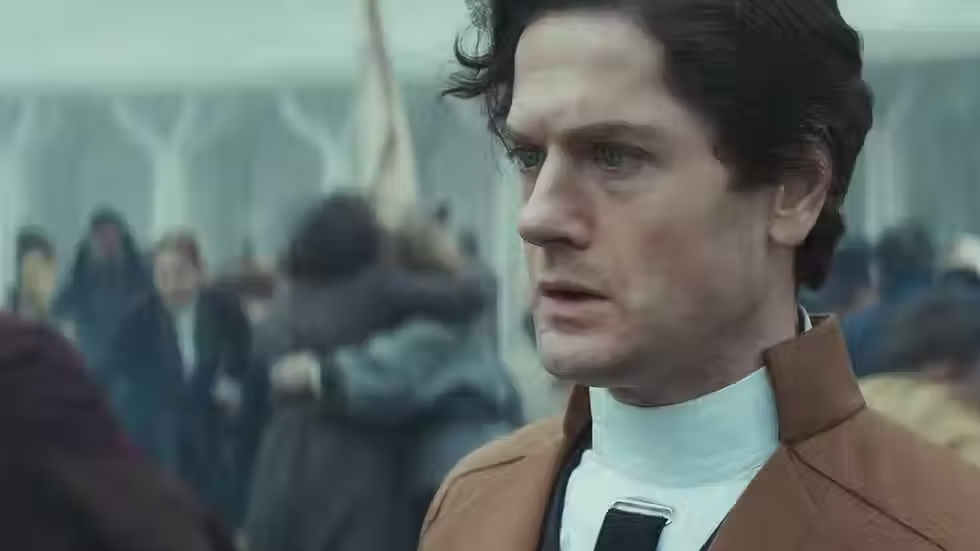The Cinematic Superhero Arms Race
- ogradyfilm
- Nov 28, 2018
- 3 min read

I knew that The Avengers would inevitably change how both the moviegoing public and Big Executives perceived the superhero sub-genre; no film rockets past the one billion dollar mark without leaving a long, wide wake. Indeed, I’ve previously expressed the opinion that Joss Whedon’s pitch perfect adaptation of the aesthetic and tone of those classic Silver Age stories represented a larger shift in the audience’s attitude towards the cinematic depiction of costumed characters—an attitude also reflected in The Dark Knight Rises, which saw Bruce Wayne claw his way out of a literal and metaphorical pit of despair in order to become the symbol of hope that Gotham needed (a strikingly optimistic conclusion to Christopher Nolan’s “grim and gritty” Batman saga).
Yes, I knew that change was inevitable. I’m just shocked that it’s happening so quickly. Consider the recently released trailer for The Amazing Spider-Man 2, which shows off everyone’s favorite wall-crawler’s vibrant, colorful new outfit (redesigned to more closely resemble the one in the source material), not to mention roughly three hundred bad guys that promise to provide plenty of diverse and visually breathtaking action sequences, far more ambitious than anything glimpsed in either Webb’s previous film or the entirety of Raimi’s trilogy. The explosive, iconic imagery sends a clear message: if The Amazing Spider-Man was Sony’s response to Batman Begins (a more grounded, “realistic” approach to superhero storytelling), then the sequel is obviously intended to be its answer to The Avengers, with all the brightness and humor and fun that such a project demands. Even what little is revealed of the plot and structure is reminiscent of Marvel’s financial juggernaut, albeit in reverse (a shadowy corporation conspires to assemble a team of dastardly villains)—a tantalizing hint that Sony aims to follow Marvel’s example and expand its cinematic Spidey-verse, opening up the franchise to countless narrative opportunities.
Consider also the fact that Bryan Singer recently teased that X-Men: Days of Future Past, the series’ most blatantly and shamelessly “comic book-y” installment to date (if you were to view the first movie in a vacuum, the very idea of time travel would seem absurd and inconceivable), will be followed by a film featuring Apocalypse, traditionally one of the team’s deadliest foes, as its central antagonist. And we mustn’t forget the long-awaited confirmation that Wonder Woman will be joining Batman in Zack Snyder’s Man of Steel sequel, nor should we neglect the persisting rumors that Nightwing will also be putting in an appearance. These carefully calculated creative decisions demonstrate that Fox and W.B. likewise intend to build upon their existing superhero franchises (“bigger is better” appears to be the new unifying theme, replacing buzzwords like “dark” and “mature”), providing hardcore fans with plenty of incentive to return to the theater year after year after year.
The conflict between Marvel, Warners, and the rest can thus no longer be classified as mere “competition”; The Dark Knight and The Avengers have inspired all-out warfare, with every major studio scrambling to discover the magic money-printing formula and release the next multi-billion dollar blockbuster. I find the entire situation very exciting… and more than a little terrifying. After all, is the cinematic equivalent of an arms race really what audiences need right now? Will this new, Marvel-inspired approach inject fresh voices into the larger pop cultural conversation that the superhero sub-genre represents?
Or will filmmakers’ overzealous efforts to please longtime comic book fans ultimately impede their ability to tell compelling, coherent, and accessible stories?
[Originally written December 8, 2013.]





Comments